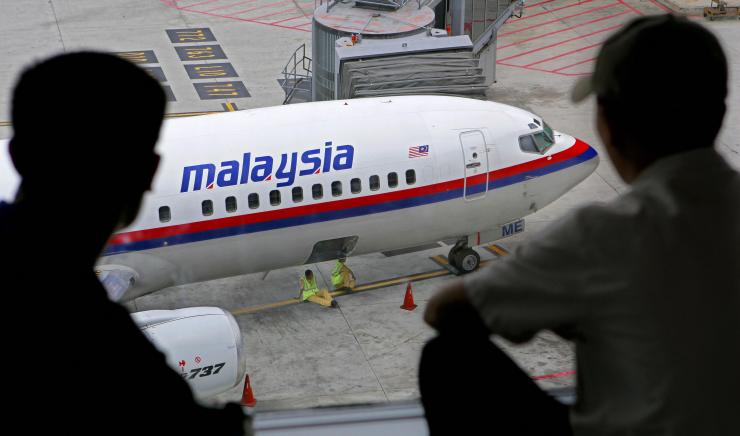New Strategies Could See Malaysia Airlines Breaking Even by 2018
Share

About a year after the double disasters involving the disappearance of Flight MH370 and the shooting down of Flight MH17, Christoph Mueller, the new CEO of Malaysia Airlines (MAS), announced that the “technically bankrupt” airline would break even by 2018.
“I would like to stress that we are not just MAS in a disguise. We are truly a start-up with a new vision,” Mueller said at a press briefing held earlier today in Kuala Lumpur.
But breaking even is no easy feat for the airline which has deep-seated financial issues despite several attempts to restructure and has accumulated a total of 8.4 billion RM ($2.44 billion USD) of losses in the past 12 years. Unprofitable routes and a 30 percent larger workforce compared to other airlines were cited as contributing factors. Mueller added in a recent report that inflated overtime claims, abundant allowances and costly contracts, were also to blame.
Temporarily dubbed “NewCo,” the new airline will be operating with its Oneworld Alliance partners, MASwings, Firefly and MASkargo, and will not be forfeiting unprofitable routes, if any, to become “a more regionally-focused network” as previously planned. Mueller said the airline is preserving its international presence, pursuing instead its “embassy on wings” vision to link Malaysia with the rest of the world.
Signs of intensive restructuring first emerged with the announcement that Malaysia Airlines (MAS:MK) would be delisted from the national stock exchange and acquired by Khazanah Nasional, the government-owned investment body that already held 70 percent of the stock. Its plan was to revive the airline with a $1.73-billion, 12-point Recovery Plan over five years and involved shrinking the route network, selling aircraft and laying off more than a third of its 20,000 person workforce – a fact confirmed by the announcement today that 14,000 staff members will stay with the airline. Then, there was the hiring of Mueller, former CEO of Aer Lingus, who previously helped turn around the prospects of Aer Lingus, Sabena and Lufthansa.
MAS, once associated with a good safety record, will have to catch up to competing regional carriers like Emirates, Etihad, Qatar, Turkish, Cathay Pacific and Singapore Airlines. New changes to pick up the game in premium travel include a refurbished business class with flat-bed seats and an upgrade to its flagship Golden Lounge at Kuala Lumpur International Airport (KLIA).

The airline is “suffering badly from a heavily damaged brand reputation” in key markets, with many people avoiding the carrier because “they are frightened,” Mueller said earlier this month. But frightened as they were, support for Malaysia Airlines flooded social media after both tragic events. The airline encouraged this support by promoting its #FlyingHigh and #KeepFlying and #AlwaysInMyHeart campaigns with a string of heartfelt videos. The airline encountered a minor-hiccup in its social media strategy when its “My Ultimate Bucket List” campaign backfired after many pointed out the inappropriate associations it prompted following the recent tragedies. Ultimately it was a photo of two flight attendants grasping hands with the hashtag #StayStrong that took the airline viral. Adweek described MAS’ Facebook and Twitter feeds as “something of a public condolence book as well as a brand rebuilding strategy,” one that may have helped MAS rank number five in a list of airlines with top social media engagement.
Malaysia Airlines “must do things differently from the past,” Mueller told Business Insider, while mentioning that new uniforms, a new process-driven organization and new headquarters at KLIA were among the changes. Although rumours have floated in the press about the airline operating under a new name, Mueller did not confirm this at today’s press briefing. “NewCo” is expected to begin operations on September 1 this year.
Watch Malaysia Airlines’ comeback story below:



